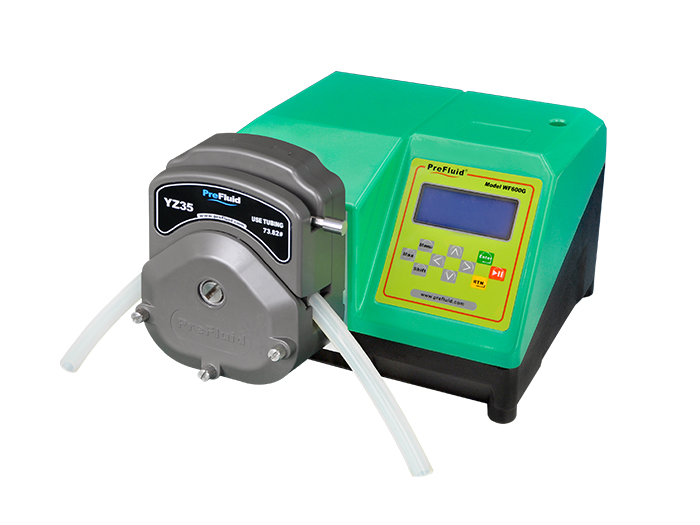Over the years, peristaltic pump has been widely used in the pharmaceutical industry for its small size, high conveying precision, corrosion resistance, good control and other design advantages.
For example, in the current pharmaceutical industry in our country, it is used for automatic quantitative feeding, filling, filling or injection of various adhesives, cleaning agents, disinfectants and so on. In these applications, or because the amount of materials used is small, the amount must be accurately controlled to ensure the ratio or filling accuracy, or because the material is corrosive, the general pump used is difficult to meet the requirements of these users, and most of the peristaltic pump is used. pump
So let's talk about what is a peristaltic pump first. How it works. In fact, peristaltic pumps are also called constant flow pumps or hose pumps, and their mechanical working principle is very simple. Because of the way it works, fluid is pumped by alternating repeated mechanical extrusion and release pump tubing. It is also called a peristaltic pump because the tube moves like a wriggling worm.
Peristaltic pump is a mechanical rotor and stator installed between a hose to achieve the purpose of pumping fluid.
When the peristaltic pump is working, the pump tube between the two rollers will form the pump chamber. The size of the pump chamber depends on the inner diameter of the pump tube and the size of the rotor. The theoretical flow of a peristaltic pump is the volume of the pump chamber. A pump with a larger chamber delivers a larger volume of fluid per revolution but also produces a smaller pulse than a pump with the same rotational diameter. The big ones. Conversely, a pump that produces a smaller pump chamber that also delivers a smaller volume of fluid at each turn of the rotor also produces less pulsation, but rapid, continuous pumping ideally reduces pulsation, so the choice of pump head is critical in situations where small flows and very small pulse requirements are required.
